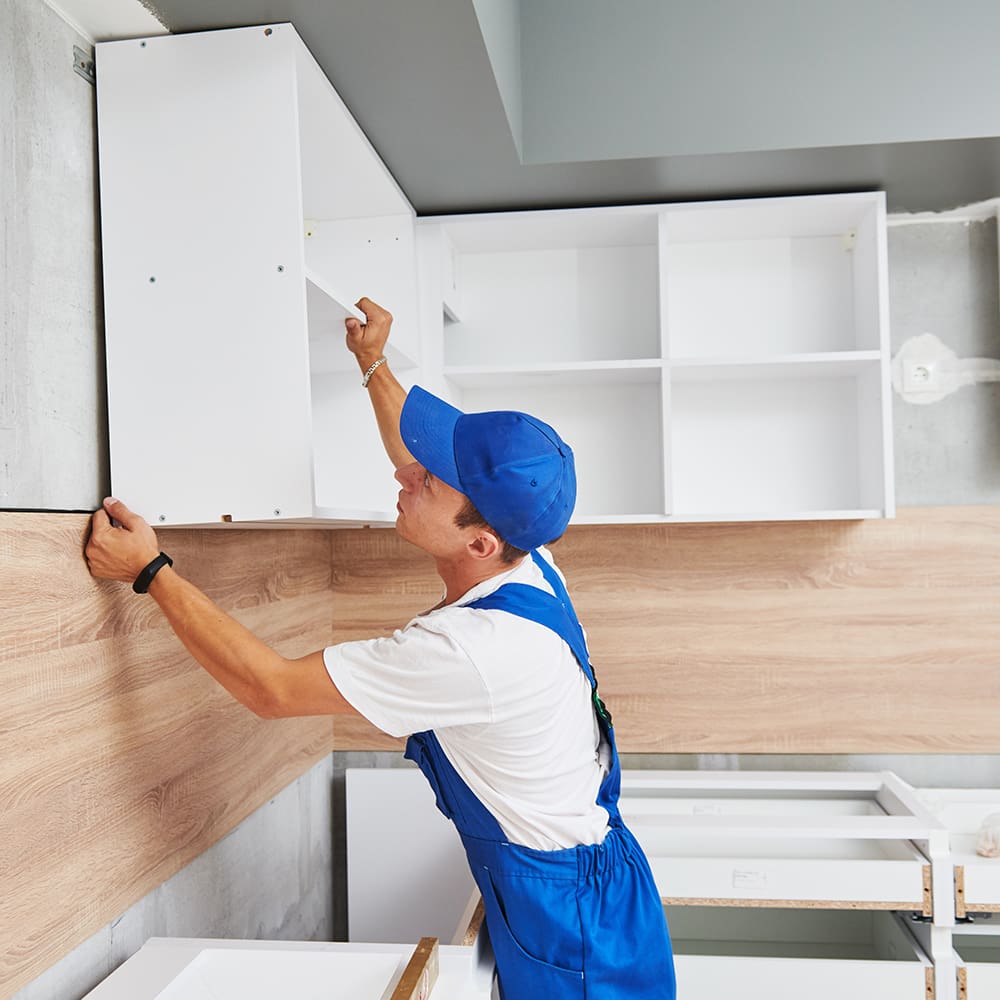Remodeling Reality Check for Homeowners – What Impacts the Cost of a Home Remodel?

Planning a home remodel is an exciting yet daunting task for any homeowner. From envisioning your dream kitchen to creating a cozy living space, the possibilities are endless. However, one factor that can turn this dream into a nightmare is the cost. Understanding what impacts the total cost of a home remodel is crucial for effective budgeting and successful project execution.
In this article
Planning a home remodel is an exciting yet daunting task for any homeowner. From envisioning your dream kitchen to creating a cozy living space, the possibilities are endless. However, one factor that can turn this dream into a nightmare is the cost. Understanding what impacts the total cost of a home remodel is crucial for effective budgeting and successful project execution.
In this piece, we’ll uncover the primary items that influence home remodeling costs. By the end, you’ll have a clear understanding of where your money goes and how to make informed decisions that will help you stay within budget while achieving your desired outcomes.
Planning and Design Fees
A successful home remodel starts with meticulous planning and design. Hiring an architect or designer is often the first step. These professionals bring your vision to life and ensure your redesign meets building codes and regulations. The cost for these services can vary significantly based on their experience, the scope of the project, and your location.
For a comprehensive plan, expect to spend anywhere from 5% to 20% of your total project budget. This fee includes initial consultations, detailed drawings, and necessary revisions. By investing in professional planning and design, you can avoid costly mistakes and ensure a smoother remodeling process.
Materials and Finishes
The choice of materials is one of the most significant cost drivers in any remodel. Whether you’re opting for high-end finishes or budget-friendly alternatives, your selections will greatly influence your final bill. Common materials include flooring, countertops, cabinetry, and fixtures.
For instance, choosing marble countertops over laminate can dramatically increase costs. The same goes for hardwood floors compared to vinyl. It’s crucial to balance quality with cost, selecting materials that fit your budget while meeting your aesthetic and functional needs.
Labor Costs
Labor is another major factor impacting remodeling costs. This includes payments to contractors, electricians, plumbers, and other specialists required for your project. Labor costs can fluctuate based on the complexity of the work, the duration of the project, and the local market rates.
Typically, labor accounts for 20% to 35% of the total project cost. This portion of the budget covers everything from demolition to installation and finishing touches. To save on labor, consider doing some tasks yourself if you have the necessary skills, but always leave specialized work to the professionals.
Permits and Inspections
Obtaining the necessary permits is a critical step in any home remodel. These legal requirements ensure that your project complies with local building codes and safety standards. The cost of permits varies by location and the scope of work being done.
Permit fees can range from a few hundred to several thousand dollars. Additionally, there may be costs associated with inspections to verify that the work complies with regulations. Failing to secure the appropriate permits can result in fines or having to redo work, which can dramatically increase costs.
Structural Changes
Structural modifications, such as knocking down walls or adding new rooms, can significantly increase remodeling costs. These changes often require additional engineering work, reinforcing foundations, or modifying existing structures to ensure stability and safety.
The complexity of structural changes necessitates hiring skilled professionals, which adds to labor costs. Furthermore, these changes might impact adjacent areas, leading to additional expenses for repairs or upgrades. It’s essential to carefully consider the necessity and impact of any structural modifications on your overall budget.
Utilities and Systems Upgrades
Upgrading your home’s utilities and systems, such as plumbing, electrical, and heating/cooling, can be a considerable expense. These upgrades are often necessary when remodeling older homes to bring them up to current standards and improve efficiency.
For instance, replacing outdated wiring or plumbing can prevent future problems and enhance the functionality of your remodel. However, such upgrades come with significant costs due to the expertise required and the materials involved. Including these potential expenses in your budget helps avoid unexpected financial burdens.
Appliances and Fixtures
Installing new appliances and fixtures is an exciting part of any remodel, but it can also be costly. High-end appliances, custom fixtures, and smart home technology can add thousands of dollars to your project.
When selecting appliances and fixtures, consider both upfront costs and long-term value. Energy-efficient models might have a higher initial price but can save money on utility bills over time. Balancing your immediate budget with long-term benefits is key to making smart choices.
Unexpected Issues and Contingencies
No matter how well you plan, unexpected issues can arise during a remodel. Hidden problems like mold, asbestos, or outdated wiring can surface once walls are opened up, leading to additional costs.
It’s prudent to allocate 10% to 20% of your total budget for contingencies. This financial cushion provides breathing room for unforeseen expenses, ensuring your project stays on track without causing financial strain.
Project Duration
The duration of your remodel can also impact costs. Extended projects may incur higher labor and material storage fees. Delays can occur due to various factors, such as weather, material availability, or unforeseen complications.
Efficient project management is crucial to minimizing delays and controlling costs. Regular communication with your contractor and realistic timelines help keep the project on schedule and within budget.
Location and Market Conditions
Your geographical location and local market conditions play a significant role in determining remodeling costs. Labor and material prices can vary widely depending on the region, availability, and demand.
In areas with high demand for construction services, prices tend to be higher. Conversely, regions with lower demand may offer more competitive pricing. Understanding your local market conditions helps set realistic expectations for your remodeling budget.
Financing and Payment Options
Financing your remodel is another aspect that affects the overall cost. Interest rates, loan terms, and payment plans can influence your budget. Exploring different financing options, such as home equity loans, personal loans, or credit lines, can provide the funds needed for your project.
Each financing option has its pros and cons, impacting your long-term financial commitment. Carefully consider the terms and interest rates to choose the best option for your circumstances and budget.
Choosing the Right Contractor
Selecting the right contractor is crucial for a successful remodel. An experienced, reputable contractor ensures quality work, adheres to timelines, and stays within budget. However, their services come at a cost that reflects their expertise and reliability.
Research potential contractors thoroughly, checking references, reviews, and previous work. A good contractor will provide a detailed estimate, transparent pricing, and clear communication throughout the project, which helps prevent misunderstandings and cost overruns.
Maximizing Value and ROI
Finally, considering the return on investment (ROI) is essential when planning a remodel. Some upgrades add more value to your home than others. Kitchens and bathrooms typically offer the highest ROI, making them worthwhile investments.
Focus on improvements that enhance both functionality and aesthetics. Smart home features, energy-efficient upgrades, and timeless designs can increase your home’s value and appeal to potential buyers, maximizing your investment.
Conclusion
Remodeling your home is a significant investment that requires careful planning and budgeting. By understanding the factors that impact remodeling costs, you can make informed decisions that align with your vision and financial goals.
Remember, investing in professional planning and quality materials, while considering long-term value, is crucial for a successful remodel. Don’t forget to allocate funds for unexpected issues and choose reliable contractors to keep your project on track.




